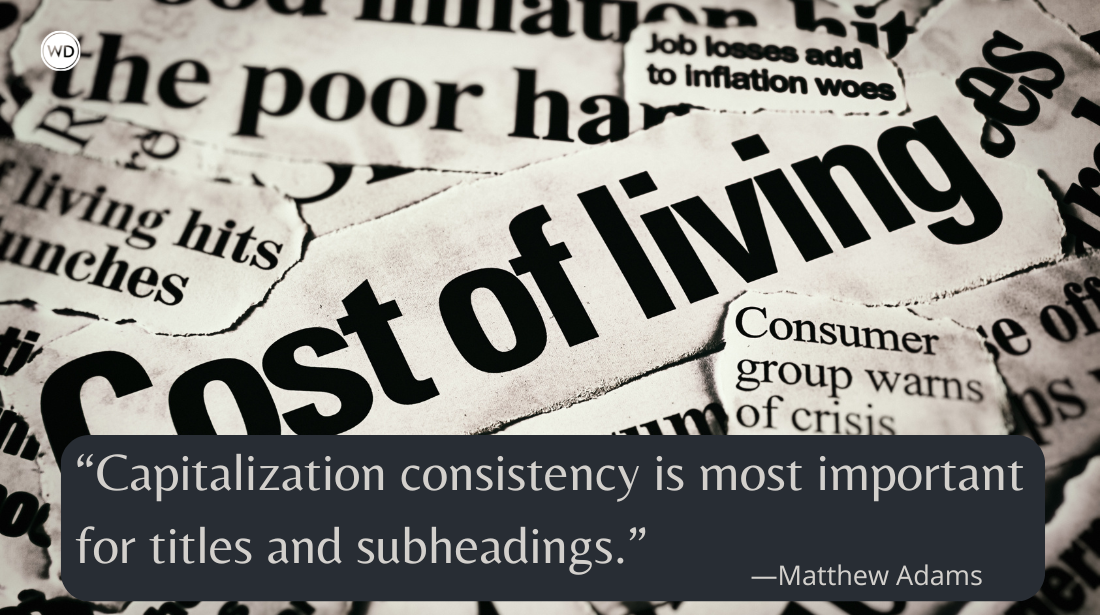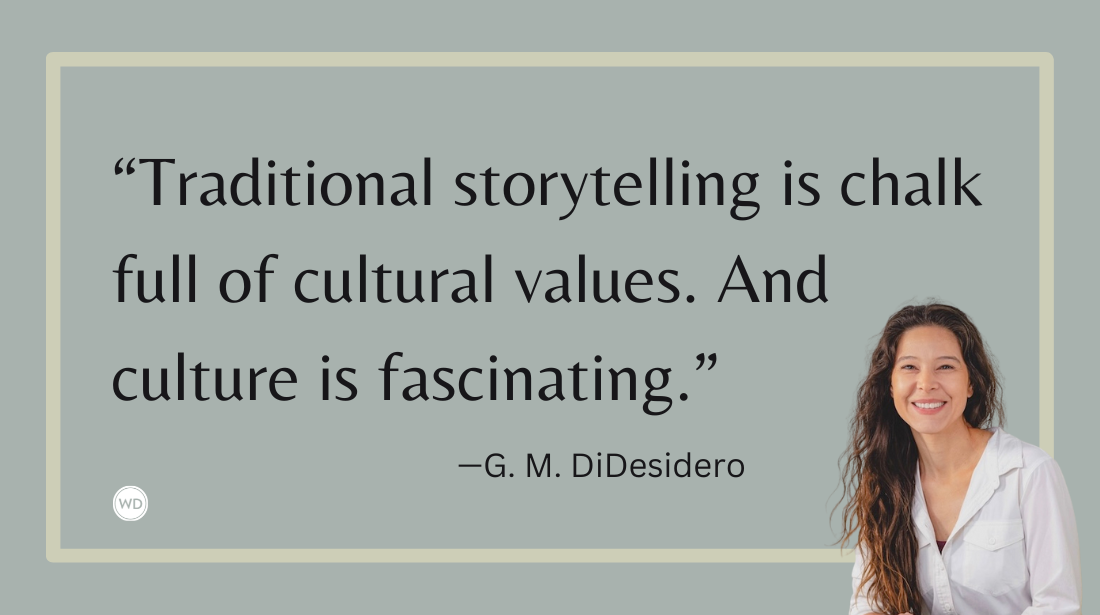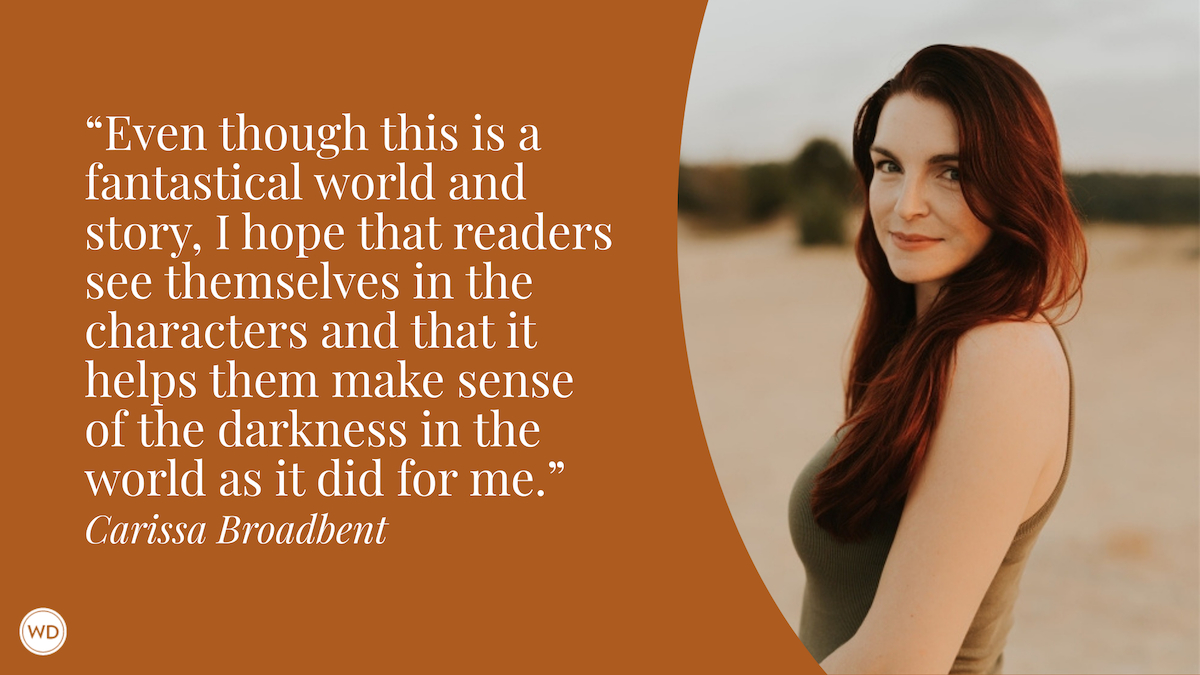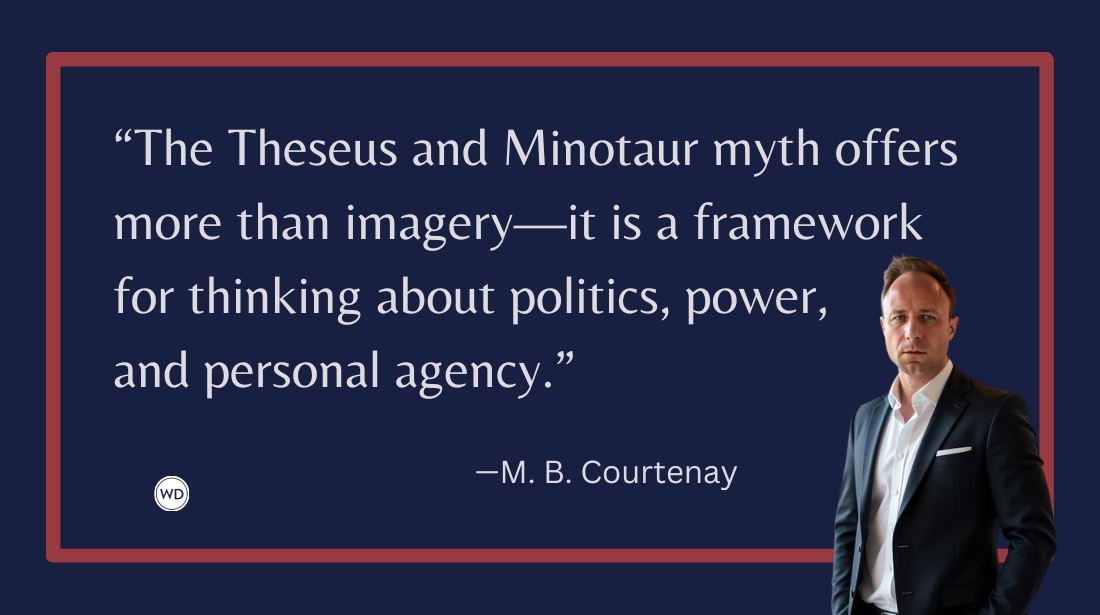How to Leverage Multiple Perspectives in a Psychological Thriller
Author Sara Foster shares her perspective on leveraging multiple perspectives in psychological thrillers readers love to read.
Some of my favorite thriller writers have used perspective shifts to turn their stories upside down. The husband-and-wife writing team behind the bestselling Nicci French novels were the first authors to show me how to use multiple perspectives effectively in crime fiction, and I can still remember the gasp-twist moment of the first shift in Beneath the Skin, when I realized that this novel was entering uncharted territory by interlinking a change in character perspective with a slam-dunk plot twist. Later, the clever switch in narrative voice in Gillian Flynn’s Gone Girl had a similar effect on me, flipping the story on its head.
Once I began playing with different perspectives in my thrillers, it was hard to stop and go back to a single point of view—because I found that being able to go between characters opened up the world of the story so much more. It felt like the difference between being stuck outside a house, looking through the window at the scene within, or being able to go through the front door and stand right next to all the characters, experiencing events from different angles.
The Benefits of Writing Multiple Perspectives
Using multiple perspectives in storytelling immerses readers in the entire world of the story rather than one character’s viewpoint. And being less constricted to a single point of view helps the author expand the possibilities of spreading the story through space and time.
Using multiple perspectives in novels also lets authors play around with the ideas of what might actually be true in a specific scenario, as opposed to what individual characters (and readers) might come to believe or assert. Moving away from a single point of view can show up what different characters do and don’t know in a story—if they are being kept in the dark, or where their blind spots are. These narrative shifts mean crime and suspense writers can scatter more twists and reveals throughout the plot, and keep the reader guessing as they never know when the next change of perspective might be coming—or what else it will reveal.
Having multiple perspectives also takes pressure away from authors as omniscient narrators, and asks some interesting questions of readers. When characters come to the page with contrasting points of view, and you witness all their prejudices, blind spots, and back story, who do you root for and why?
The Challenges of Writing Multiple Perspectives
Despite these advantages, playing with multiple perspectives in storytelling brings challenges too. Writers must work hard to individualize characters through speech, action, and description, because adding in more than one perspective demands that we deepen and individualize the mood and tone of each scene. If authors are unable to layer in enough narrative technique to differentiate between each of the characters, these changes of perspective will still come across as one voice to the discerning reader.
Logistically, adding in multiple perspectives also makes a novel’s structure more complex—and so each narrative voice must be carefully balanced with the others. This can also make it harder for authors to plot without causing problems for themselves.
Multiple perspectives can also slow the pace of the story—which isn’t what you want when you’re writing a crime thriller. Any recapping of plot from different characters’ points of view must therefore be handled cautiously and inventively, otherwise the reader will get bored. There should be freshness and new developments in every scene.
How I Wrote Multiple Perspectives
In my latest psychological thriller, When She Was Gone, I came across all these challenges and benefits when using multiple perspectives, but I also had two different reasons for changing points of view. The first was so the reader could fully access and contrast the perspectives of my two main characters—a Senior Detective Sergeant leading the search for a missing au pair and two young children (the official detective), and the au pair’s estranged mother, a former police officer who instinctively conducts her own investigation (the informal detective, and our narrative heroine).
Many of my chapters alternated between these two points of view—however, now and again, various characters in the story also got one or two chapters from their own perspective, in order to add depth to the plot’s play-out. Some of these characters don’t have a central role in the novel, and I used various methods to convey this to the reader: For example, keeping those chapters short, or making sure the character was understood as secondary to the plot before we move to their perspective.
Sometimes I also used this technique to highlight a key scene by writing it from an unexpected point of view. These choices meant I could layer in depth and complexity throughout the story, without confusing the reader.
Final Word on Multiple Perspectives in Psychological Thrillers
Incorporating multiple perspectives into crime and suspense novels can be an exciting way of elevating our fiction, allowing us to play creatively across each character’s narrative to enhance the story. However, when we ask readers to invest in different characters through our narrative choices, we need to ensure that all our central cast have their own arc and resolution, so that our readers get a pay-off for each of these perspectives by the end of the book.
The great thrillers that have achieved success using multiple perspectives are often celebrated for their innovation and memorability, showing us that even if this writing style is a challenge, it’s one that’s well worth exploring for the creative rewards it can provide.
Check out Sara Foster's When She Was Gone here:
(WD uses affiliate links)









